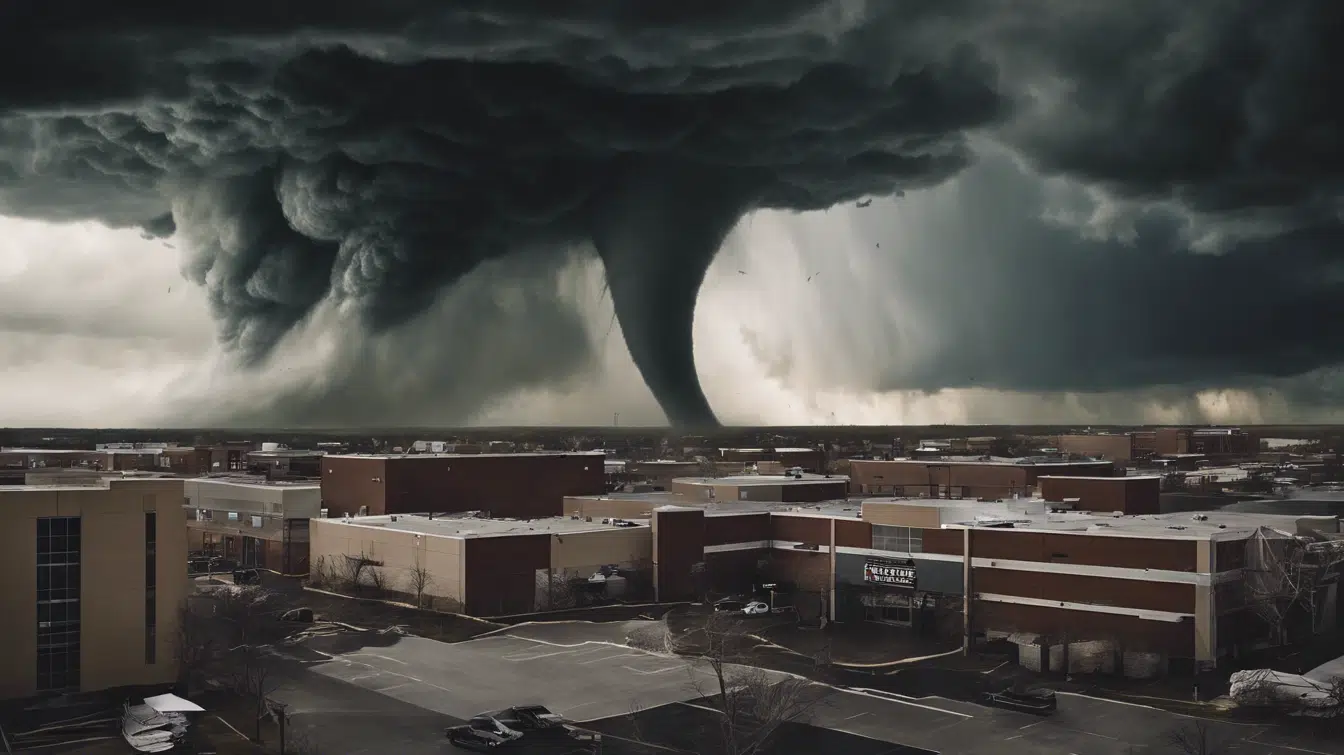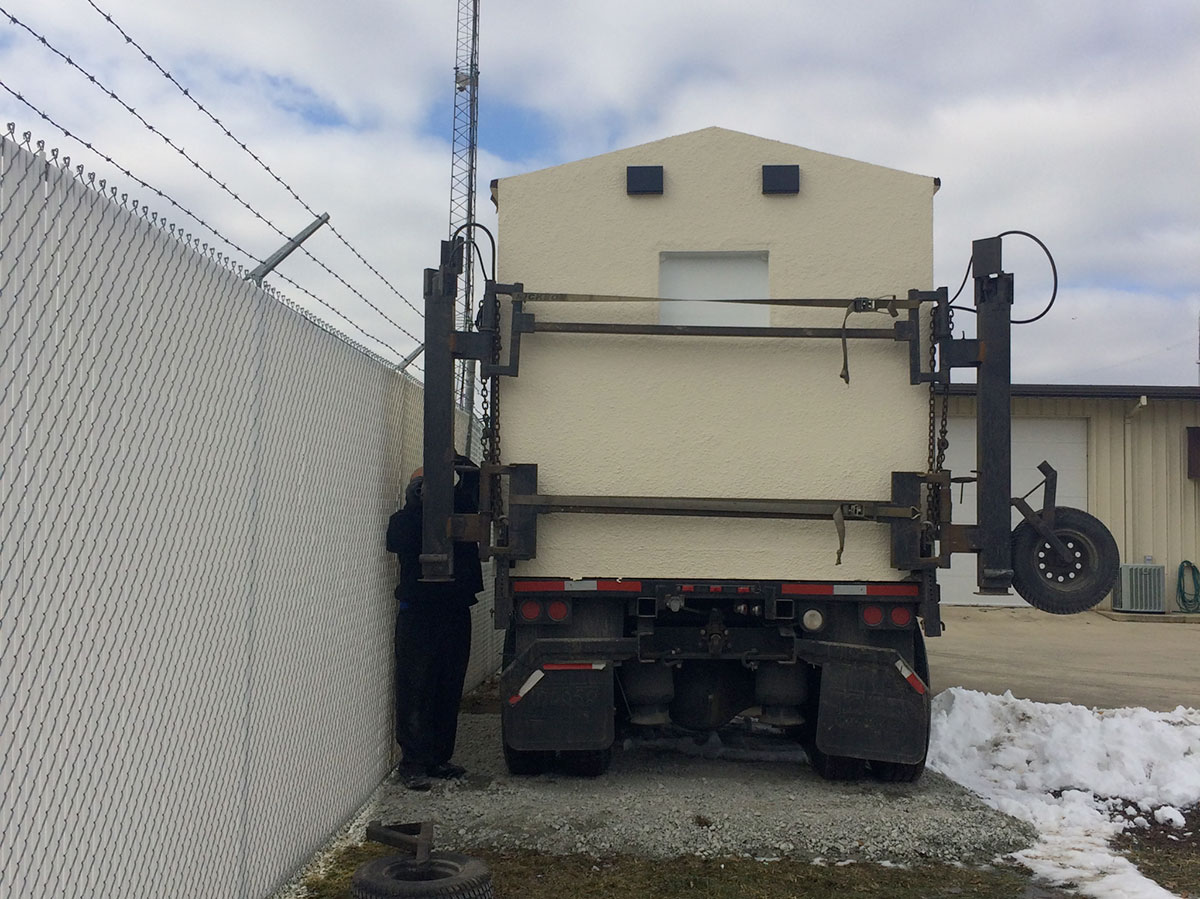Did you know that nearly 36% of Americans lack any formal emergency plan for severe weather, even as tornadoes continue to strike hundreds of times each year?
That surprising figure underscores the importance of proactive preparation in business settings. In an era of unpredictable weather, having designated safe areas such as storm shelters or tornado shelters isn’t enough, organizations need a robust plan for when the skies turn ominous. This article will walk you through how to create a practical emergency plan for your business, with special attention to integrating storm shelters, tornado shelters, and above ground storm shelter solutions.
Why your business needs a tornado emergency plan
Tornadoes and violent storms may often feel like “resident of Tornado Alley only” issues, but all regions can face severe weather risks, intense wind-borne debris and infrastructure disruptions. For a business, the stakes are higher, not just life safety, but continuity of operations, employee wellbeing and reputational risk.
Selecting and integrating safe spaces such as storm shelters, tornado shelters and above ground storm shelter units is a key part of that resilience.
Here are a few drivers for why a tornado plan matters:
- The time window from warning to impact can be tight, so pre-planning is critical.
- If employees are present when a tornado strikes, evacuation or safe-room access must happen swiftly.
- Deciding which type of shelter to use (storm shelters / tornado shelters / above ground storm shelter) and how they fit your facility is a major operational decision.
- A business plan that addresses prevention, response and recovery builds stakeholder confidence.
Essential components of your emergency plan
When developing your tornado emergency plan, consider including these key elements:
1. Hazard assessment and shelter mapping
- Identify the most likely tornado or severe-storm periods and your facility’s exposure.
- Map the location(s) of designated safe areas including tornado shelters or storm shelters.
- Evaluate whether an above ground storm shelter is appropriate for the site- perhaps if excavation is difficult or accessibility is a major concern.
- Define routes for occupant movement to the safe areas under minimal notice.
2. Selection and specification of shelters
- Ensure your storm shelters or tornado shelters meet recognized standards (for example, according to FEMA guidance or approved safe-room specs)
- If you are considering an above ground storm shelter, check features such as wind- and debris-resistance, anchorage, ventilation and capacity. For instance, some units are engineered for 250 mph winds.
- Accessibility: above ground storm shelter units may provide better access for persons with mobility issues compared to underground shelters.
- Consider non-weather hazards too (power loss, flooding, debris entrapment) and ensure the shelter plan accounts for them.
3. Roles, responsibilities and communication
- Assign a “weather monitor” or team responsible for tracking alerts from sources like the National Weather Service.
- Define who will initiate the “go to shelter” order and how it will be communicated (announcements, alarms, mobile alerts).
- Specify procedures for staff, visitors, contractors, and anyone else onsite—how they will get to the designated tornado shelter or above ground storm shelter.
- Ensure communication channels remain robust even if power/data is compromised.
4. Shelter activation, occupancy and aftermath
- Decide criteria for when to direct people into storm shelters or tornado shelters (e.g., tornado warning issued, funnel sighted, high-risk weather reported).
- Post signage clearly marking tornado shelters / storm shelters / above ground storm shelter entrances.
- Stock each shelter with essential supplies: potable water, first aid kit, weather radio, flashlights, battery backup.
- After the event, include a phased return to normal operations, inspection of facility damage, and review of the plan’s performance.
5. Training, exercises and review
- Conduct drills at least twice per year so occupants know where the tornado shelters or storm shelters/above ground storm shelter units are and how to access them.
- Review the plan after any incident, near-miss or change in facility layout.
- Update the plan for changes in occupancy, building additions, or new weather-monitoring technology.
Why above ground storm shelter units are an important option
In many business and industrial settings, choosing a safe room solution means weighing underground vs. above ground options. Above ground storm shelter units offer distinct advantages for commercial settings.
- Faster installation and less excavation disruption—some above ground storm shelter models install in hours.
- Better accessibility—especially useful if the site has mobility concerns or accessibility compliance needs.
- Flood risk is lower for above ground storm shelters than for many underground units, depending on site conditions.
- When properly engineered to meet storm-shelter / tornado-shelter standards, above ground units can provide equivalent protection.
In your business plan, you may include decision criteria for selecting between traditional tornado shelters, storm shelters, or an above ground storm shelter solution, based on site layout, occupancy, budget, regulations and risk profile.
Putting it all together: A sample checklist
Here’s a quick checklist you can adapt for your business tornado emergency plan:
- Identify all potential tornado and severe storm hazards for your location.
- Locate and map nearest tornado shelters / storm shelters / above ground storm shelters accessible to employees and visitors.
- Confirm safe-room specifications meet applicable regulatory standards (FEMA, ICC/500, etc.).
- Define criteria/triggers for shelter activation and identify responsible personnel.
- Establish communication plan for weather monitoring, alerts, and evacuation orders.
- Stock safe shelters with supplies (water, first aid, radio, lighting, etc.).
- Conduct training and drills (at least twice annually).
- Review plan post-event or post-drill and update as needed.
- Incorporate recovery procedures and facility inspection into your post-storm workflow.



